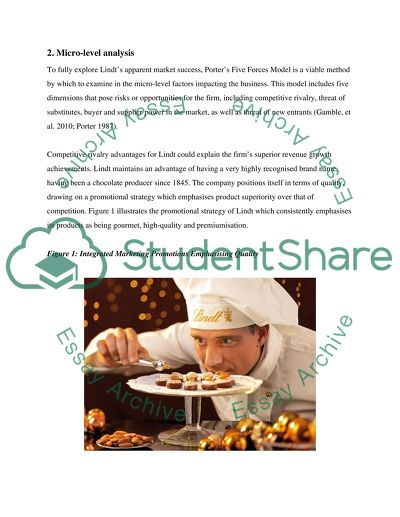Cite this document
(“Lindt of Switzerland Assignment Example | Topics and Well Written Essays - 3000 words”, n.d.)
Retrieved from https://studentshare.org/marketing/1672728-a-market-oriented-confectionery-manufacturer
Retrieved from https://studentshare.org/marketing/1672728-a-market-oriented-confectionery-manufacturer
(Lindt of Switzerland Assignment Example | Topics and Well Written Essays - 3000 Words)
https://studentshare.org/marketing/1672728-a-market-oriented-confectionery-manufacturer.
https://studentshare.org/marketing/1672728-a-market-oriented-confectionery-manufacturer.
“Lindt of Switzerland Assignment Example | Topics and Well Written Essays - 3000 Words”, n.d. https://studentshare.org/marketing/1672728-a-market-oriented-confectionery-manufacturer.


